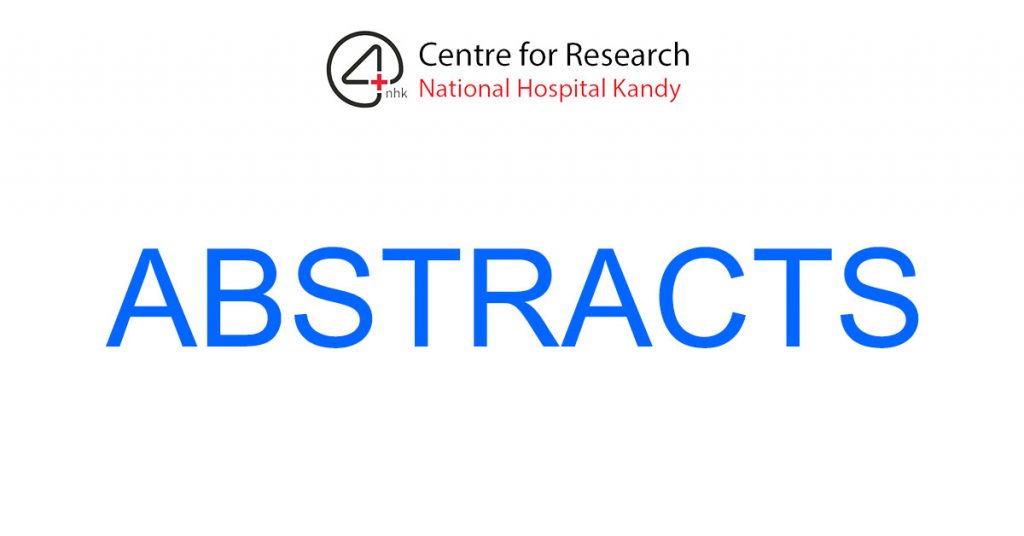The study presents a comprehensive global assessment of future clean-water scarcity by incorporating the aspect of water pollution, specifically nitrogen pollution, into traditional assessments that focus solely on water quantity. The research integrates land-system, hydrological, and water quality models to analyze over 10,000 sub-basins, concluding that water pollution significantly exacerbates water scarcity in more than 2,000 sub-basins globally. The findings indicate that the number of sub-basins experiencing water scarcity could triple by the 2050s due to future nitrogen pollution, affecting an additional 40 million km² of basin area and potentially 3 billion more people.
The article addresses a critical and timely issue of water scarcity exacerbated by pollution, which is a significant addition to the discourse on sustainable water management. The integration of various models to assess the impact of nitrogen pollution on water scarcity is a commendable approach, providing a more holistic understanding of the challenges faced by river basins worldwide.
One of the strengths of the study is its extensive scope, covering a vast number of sub-basins and offering a global perspective on the issue. The use of future scenarios to project the impact of nitrogen pollution adds value to the research, as it helps policymakers and stakeholders understand the potential long-term consequences of current practices.
However, the study could be further strengthened by addressing certain limitations. For instance, the reliance on models means that the results are subject to the assumptions and parameters set within these models. The study could benefit from a sensitivity analysis to understand how variations in model inputs could affect the outcomes.
Additionally, while the study focuses on nitrogen pollution, other forms of pollution such as phosphorus, heavy metals, and emerging contaminants also contribute to water scarcity and quality issues. A more comprehensive analysis that includes these pollutants would provide a fuller picture of the challenges to water security.
The implications of the study are profound, highlighting the urgent need for integrated water management policies that consider both quantity and quality. The connection to the Sustainable Development Goals emphasizes the broader relevance of the research to global efforts in achieving water security for all.
In conclusion, the article makes a significant contribution to the field of environmental science and policy. It successfully raises awareness of the compounded effects of water scarcity and pollution, urging immediate action to safeguard water resources for future generations.

